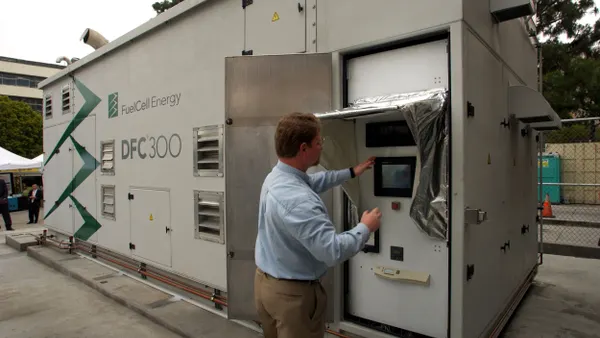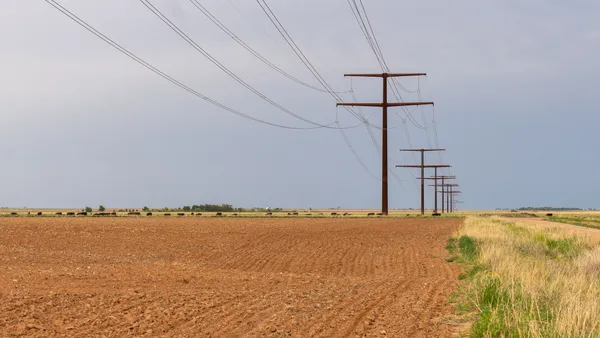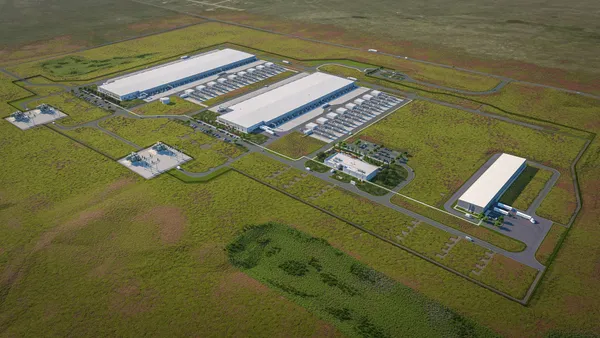Dive Brief:
- The world's liquefied natural gas (LNG) markets are poised for growth over the next 25 years, according to a new report from the International Energy Agency (IEA) that sees coal and oil use stagnating as long-haul gas routes begin to dominate global energy trade.
- While gas wins out on the fossil fuel side, the report also envisions a doubling of both renewable energy and energy efficiency by 2040.
- Global oil demand will rise throughout the forecast, but demand from passenger cars declines even as the number of vehicles doubles, due to increased efficiency and the rise of electric vehicles.
Dive Insight:
Despite the rise of renewable energy and energy efficiency, fossil fuels are hardly done. The International Energy Agency has issued its World Energy Outlook 2016, predicting a rise in gas use, relatively steady demand for coal, and steady growth in renewables.
“We see clear winners for the next 25 years – natural gas but especially wind and solar – replacing the champion of the previous 25 years, coal,” IEA Executive Director Fatih Birol said in a statement. “But there is no single story about the future of global energy: in practice, government policies will determine where we go from here.”
In the report's primary scenario, a 30% rise in global energy demand to 2040 means an increase in consumption for all modern fuels. But the global aggregate rise also masks "a multitude of diverse trends and significant switching between fuels," the IEA concluded. And ultimately, there is still much room for growth: hundreds of millions of people are still left in 2040 without basic energy services.
Globally, renewable energy will grow fastest while natural gas fares best among the fossil fuels, with consumption rising by 50% throughout the study period. IEA said it seems growth in oil demand slowing over the projection period, while coal use is hit hard by environmental concerns. "After the rapid expansion of recent years, (coal) growth essentially grinds to a halt," the report finds. An increase in nuclear output will be driven by deployment in China.
In the industrial sector alone, additional cumulative investment of around $300 billion helps reduce 2040 global electricity demand by about 5% and avoids $450 billion in investment in power generation. And electricity is expected to make up a larger share of final energy consumption, from just over one-quarter over the last 25 years to almost 40%, in part due to the electrification of the transport sector.
A 1.5% annual rate of growth in natural gas demand to 2040 will drive increased consumption virtually everywhere, except perhaps Japan where nuclear power is expected to generate more power. LNG trade is expected to double, worldwide, as it supports expanded use.
In the United States, the LNG export market is still nascent, working to reverse course from expected imports just a few years ago.
According to federal regulators, LNG exports could add some demand to the U.S. mix, but it is unclear what the long-term price implications will be. The Federal Energy Regulatory Commission earlier this year estimated that exports could reach 8.5 billion cubic feet per day by 2020, once all of the six terminals where construction has begun or which have secured funding, are completed.














